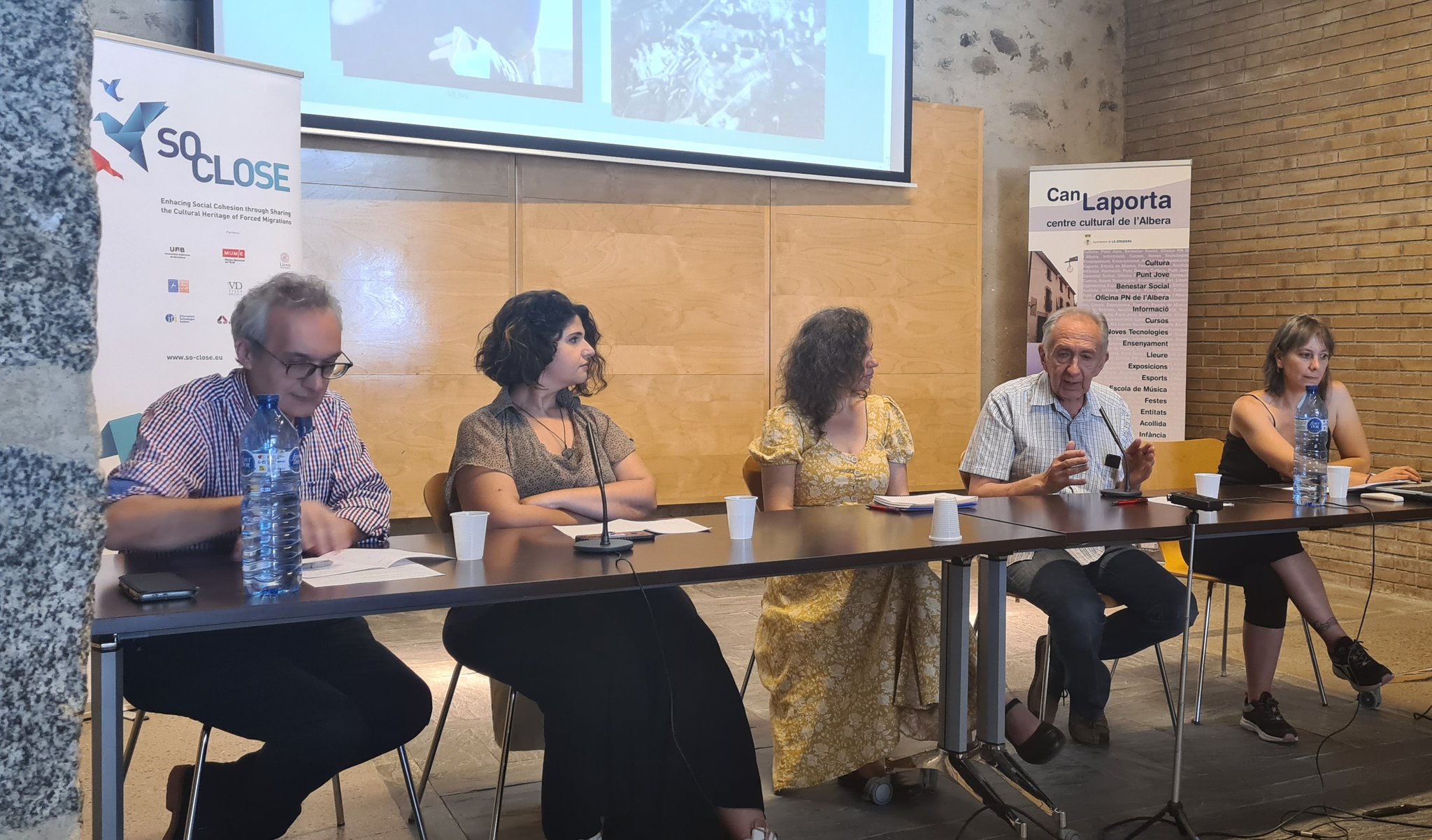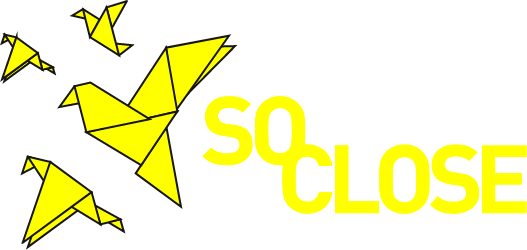One month after the Open Day at MUME, we want to share with you some insights and lessons learned from the organization of the event.
The most important goal of the event at MUME was to present the test versions of the SO-CLOSE Tools, proof them with our visitors and mark learning for further optimization.
The two formats of SO-CLOSE Tools we chose were the story map and web documentary.
The webdoc offers different contents from the past and from the present to learn that the prejudices and stereotypes were and are present in the migration processes. It also offers some activities to identify, detect and deconstruct these attitudes.
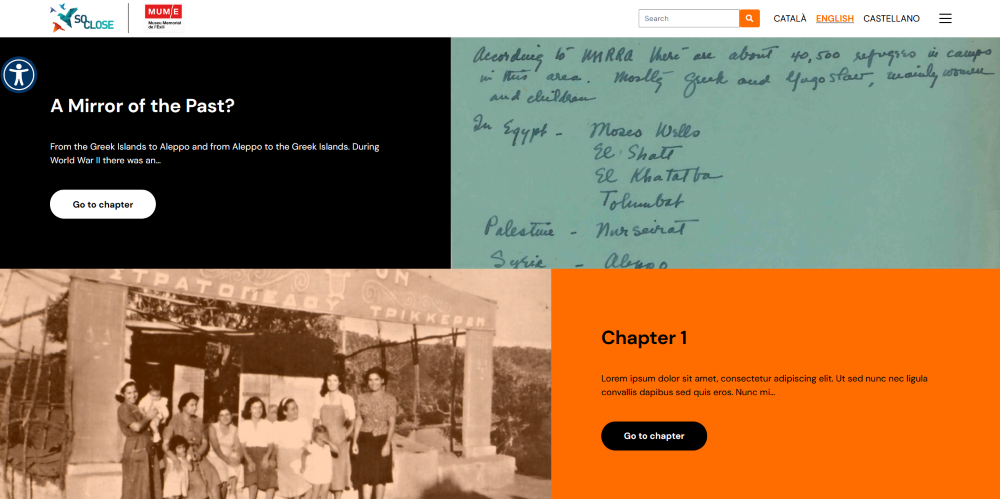
The story map focuses on a journey, and each journey of the story map focuses on one part of the migration journey:
- Artists residencies: focus on the things that happen before the journey starts and all the steps before the person stays in one place. It also focuses on the individual experience.
- Past-present dialogue: focuses on the route itself, in the elements that are involved in the migration experience (the reason and the way people leave, borders, refugee camps, and international solidarity). This takes the things that happen to the “collective” of migrants as a reference.
- At the destination the route continues: focuses on the arrival.
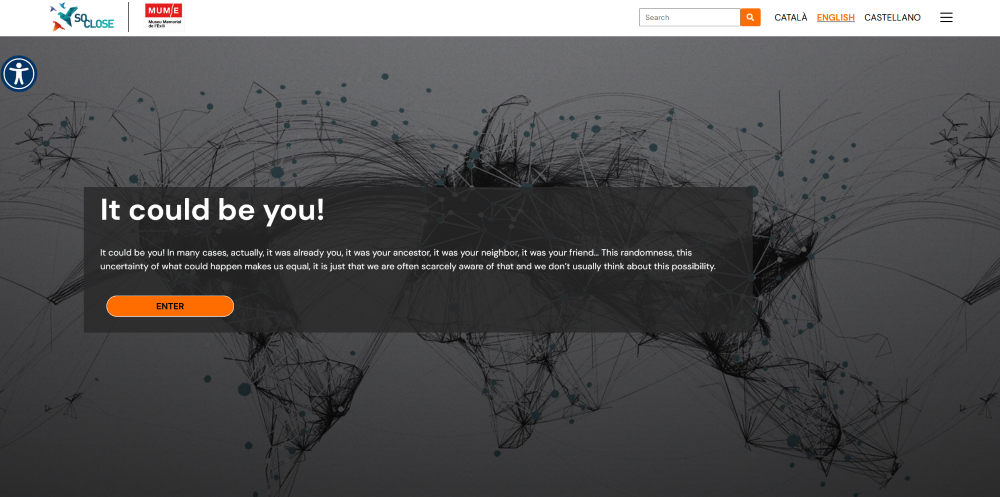
All the contents, the activities that MUME has done to feed the tools, and the ones planned for the Open Day constantly connect the past and the present experiences.
The event contributed to the creation of some artistic material based on poems from the past and the present written by authors from different origins, that talked about exile and migrations. But mostly, it contributed (with the tools and the roundtable) to share this common heritage.
We have the feeling, that the event contributed to the social cohesion and the creation of immaterial cultural heritage were the activities carried out the months before the Open Day: the activities with Social Integration Students, the activities with testimonies from the past and the present, the educational material created for the project.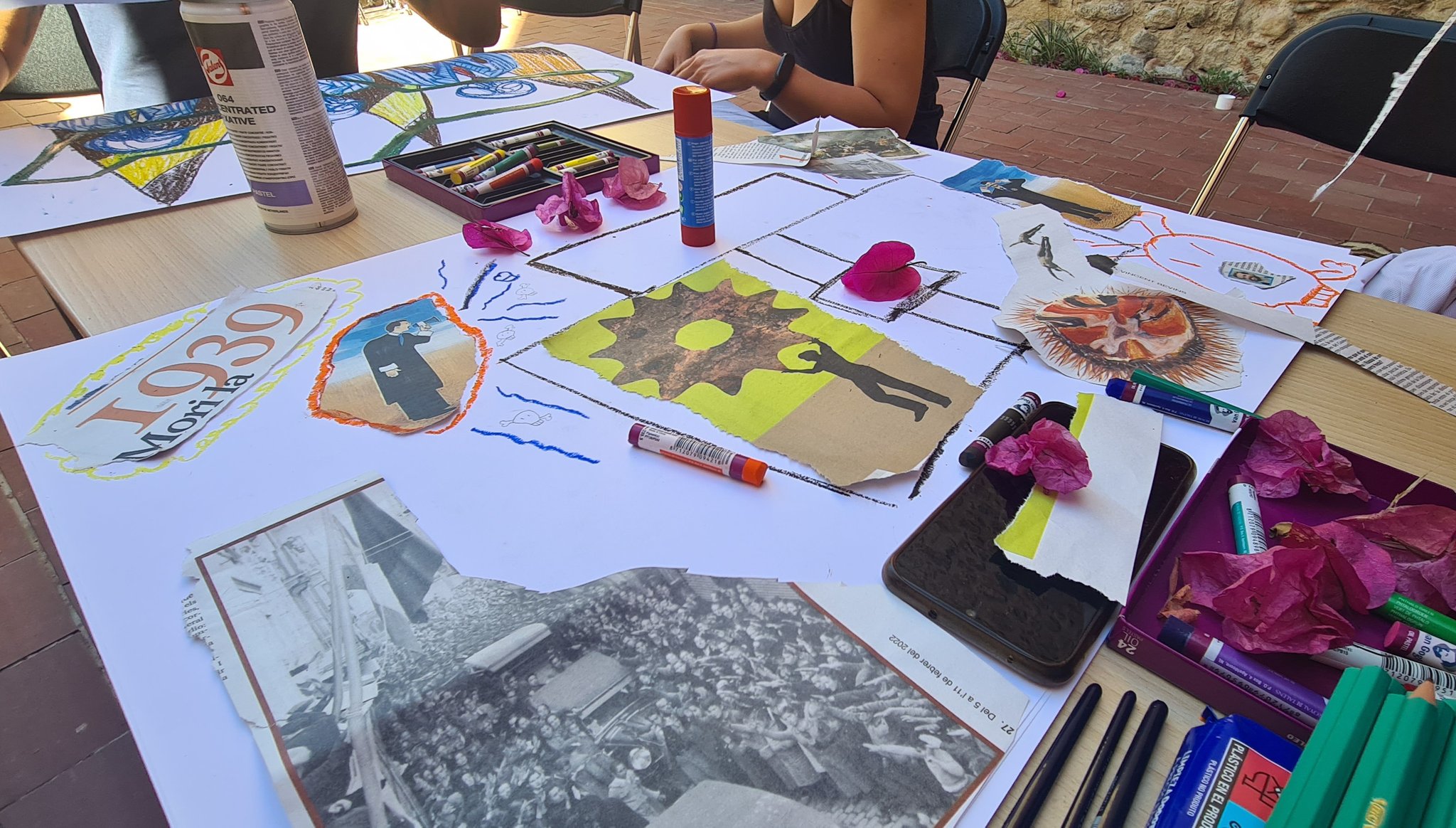
The event started with a workshop creation of some artistic material based on poems from the past and the present written by authors from different origins, that talked about exile and migrations. The participants were locals, migrants, and refugees. All the materials created are going to be digitalized to upload in the tools.
The next point on the agenda was an art exhibition where the artistic creations of the workshop were exhibited in the museum with the poems that inspired them. This exhibition was presented in the museum for two weeks with the QR codes of the tools.
Also, the roundtable was an integral part of the day. During the roundtable, we displayed the tools and explained the connections between the past and the present. The topics discussed in the roundtable
were cross-cutting issues that affected both historical and current testimonies and that
are shown by the tools.
During the Open Day, the participants were able to visit the permanent exhibition of MUME, which shows what the republican exile of 1939 was like.
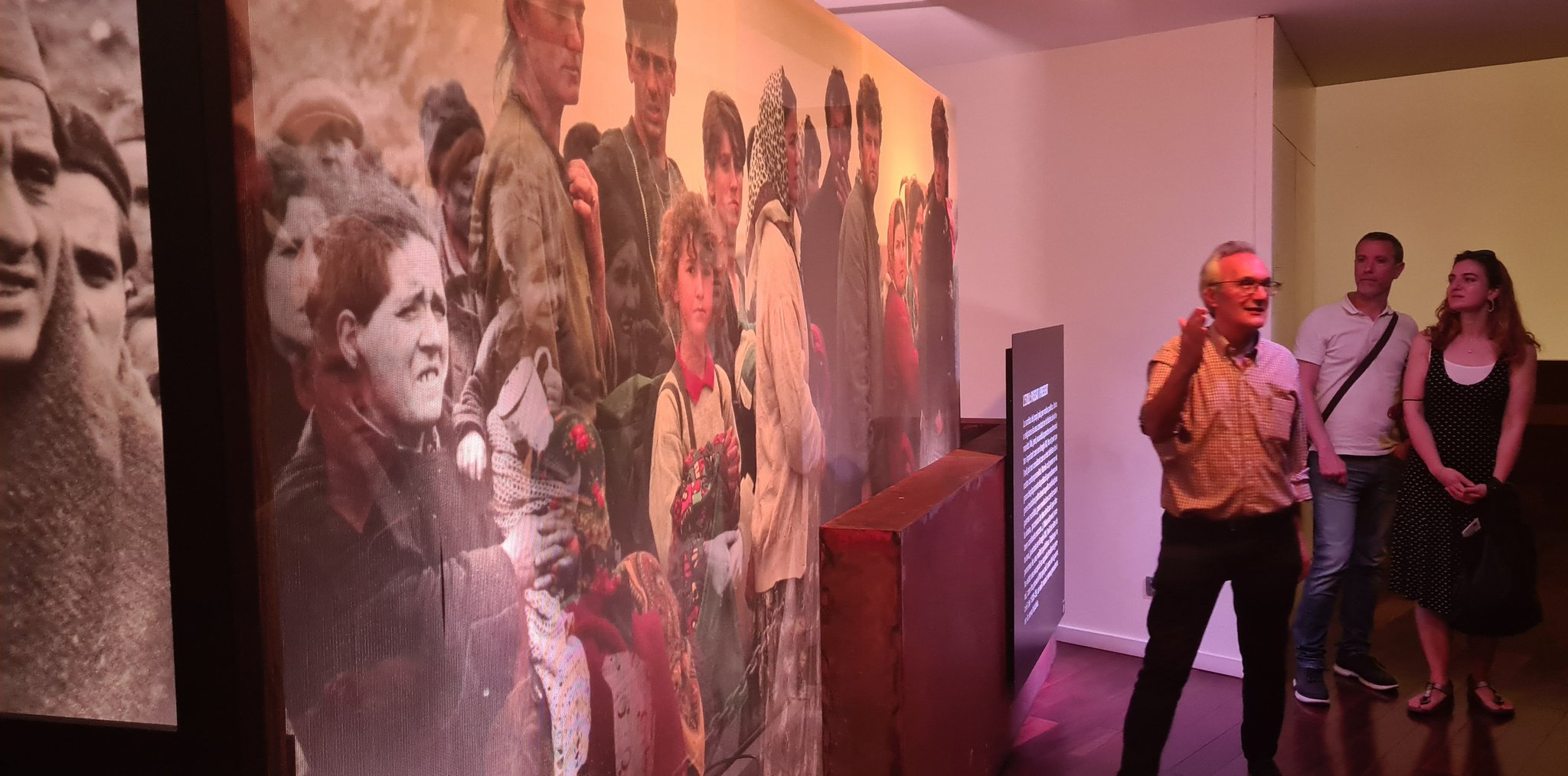
We were very happy to receive very positive feedback. The participants believed the tools would be very useful as an educational tool and to let people know about past and present connections. We noted our lessons learned and soon enough we will be ready to present the results of our work to the general public.
